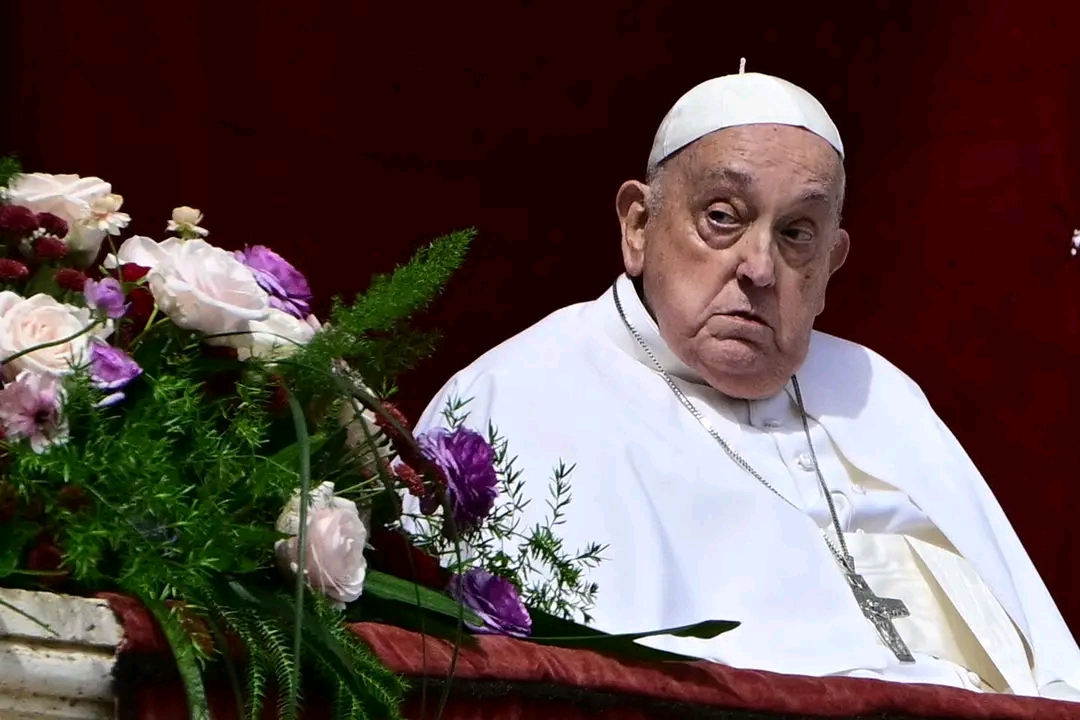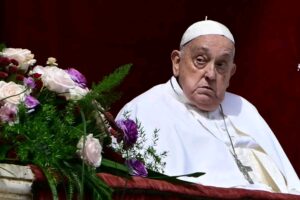
Pope Francis, the beloved leader of the Roman Catholic Church, has died at the age of 88, following weeks of critical health issues. The Vatican confirmed his death, marking the beginning of a meticulously organized period of mourning and transition that has been shaped over centuries.
Two months prior, Pope Francis was hospitalized after suffering from prolonged breathing difficulties. Despite efforts to stabilize his condition with high-flow oxygen and blood transfusions, his health continued to decline. His death was officially announced by Cardinal Kevin Farrell, the Camerlengo, at Casa Santa Marta in the Vatican.
The passing of a pope triggers an ancient and solemn sequence of events. The Camerlengo performs the official confirmation of death, traditionally by calling the pope’s baptismal name—Jorge Mario—three times. In modern practice, this is typically supplemented by a medical confirmation. One of the earliest acts is the ceremonial destruction of the Fisherman’s Ring, symbolizing the end of the pope’s authority and preventing potential misuse.
Pope Francis’s papal apartments have been sealed, symbolizing the closure of his reign, and the Church has entered the sede vacante period—a time when the papal seat is officially vacant. During this time, the College of Cardinals takes over administrative duties, handling only essential matters until a new pope is chosen.
Francis’s body will lie in state at St. Peter’s Basilica, where Catholics and world leaders can pay their final respects. Known for his humility and simplicity, Pope Francis had requested a plain zinc-lined wooden coffin, breaking from the tradition of three nested coffins.
His funeral will be held in St. Peter’s Square and led by Cardinal Giovanni Battista Re, Dean of the College of Cardinals. Unlike most popes, who are buried in the Vatican Grottoes, Francis chose to be laid to rest at the Basilica of Santa Maria Maggiore, honoring his deep devotion to the Virgin Mary.
Following his burial, the Church will observe the Novendiale, a nine-day period of mourning and reflection. Masses will be held around the world to commemorate his life and leadership.
Between 15 to 20 days after his death, the conclave—a secretive papal election process—will begin inside the Sistine Chapel. Only cardinals under the age of 80 are eligible to vote; currently, 138 of the 252 cardinals qualify. A two-thirds majority is needed to elect the next pope. Each voting round is marked by smoke signals: black for an inconclusive vote and white to announce the selection of a new pontiff.
Once a cardinal is chosen and accepts the role, he selects a papal name and is introduced to the world with the iconic words, “Habemus Papam” (“We have a Pope”) from the balcony of St. Peter’s Basilica.
Pope Francis leaves behind a legacy defined by humility, inclusivity, and a commitment to reform. As the Church prepares for the future, his passing marks the end of a transformative era and the beginning of a critical new chapter.




